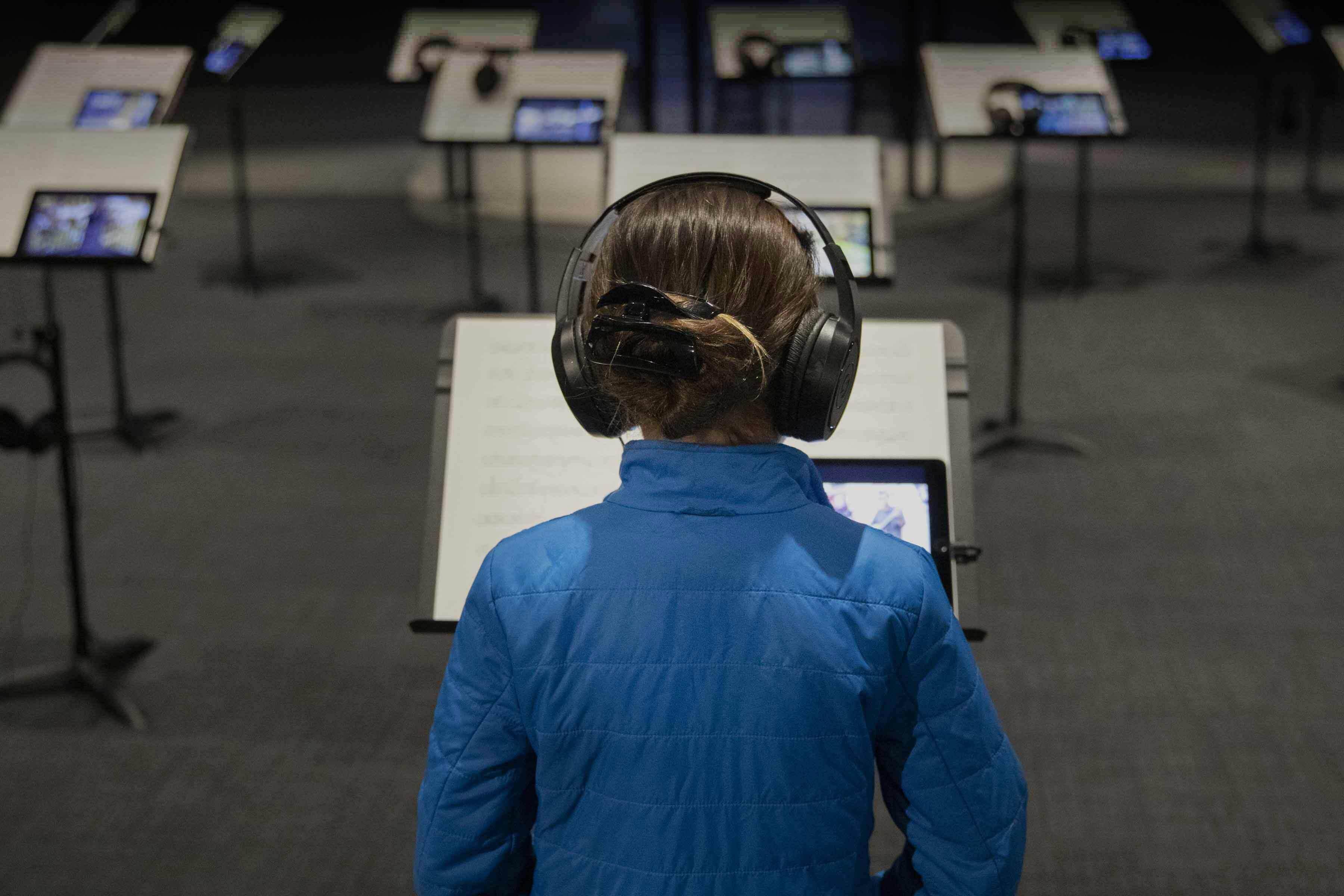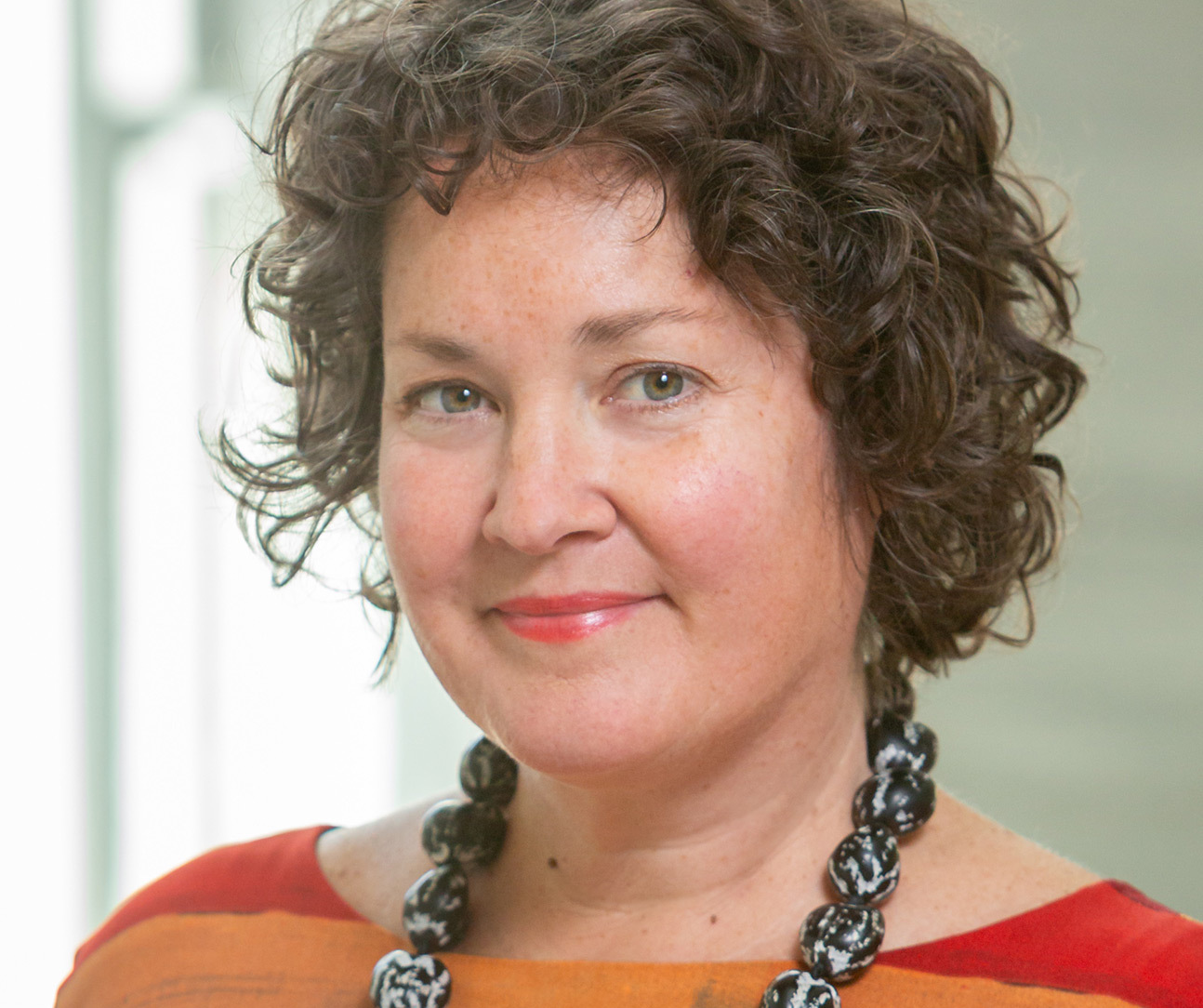Some people find inspiration looking out at the ocean. Artist Carlos Garaicoa says he comes alive in much busier, noisier environments. “I think cities are so rich ... so full of contradictions and so full of material. Everything happens in the city,” he says. “I grew up in a big city, in Havana. It always gives me this inspiration. It’s very easy for me to think when walking in a city.”
For PEM’s immersive installation Partitura, Garaicoa captures the dynamism of the urban landscape with a focus on 40 street musicians performing in two cities in Spain, Madrid and Bilbao. The contributors range from a West African griot to an opera singer, an accordion player to a classical cellist. Visitors are invited to listen and watch the individual performances, and also experience the radically contrasting sounds woven into a captivating 18-minute composition.
The exhibition was open for one week in March 2020 before the world shut down due to the pandemic. Just before that happened, we spoke with the Cuban artist while he was in Salem for the installation. Partitura opened again August 1, 2021 and is on view through February 6, 2022.


Q: What does Partitura mean?
A: The word Partitura means score. You always talk about the partitura, the paper or sheet music. That’s actually so funny because we still don’t have this music written in a partitura. The most difficult part is coming up with a title. I spend days, months, suffering. The whole thing was done and I didn’t have a title. But then I realized it was all about how to create a score with these musicians.
Q: Why did you want to do a piece about street musicians?
A: I have a big passion for music, but I'm a frustrated musician. I want to pay respect to these people. For more than 10 years, I’ve been building this piece in my head. It was about walking the city and creating a map. My wife is a musician, and I’ve always been surrounded by musicians. Music is very present in my life, and street musicians are everywhere. It’s like a common language from the cities. I was living in Brazil and I came to Madrid a lot. In both places, you find this phenomenon of musicians on the street. What happens if I put together sounds from many places in many cities? What happens if I approach a composer and we try to do a symphony about that city?

Q: How did you find the musicians?
A: In the beginning, it was like, “I know this guy who plays in the subway.” Or, you know this one man who plays the maracas on the corner. From the first musician, we started to find a route to the other musicians. We met jazz players or young people who played in the club. You take one and film them and say, “Do you know some other people?” Then we start to spread the word in Madrid and Balboa. We tried to pay them well for probably 10 or 15 minutes of filming.
Q: Why are you drawn to the urban experience in your work?
A: The city is really the container of so many ways to think — design, architecture, videos, photography, writing — everything's coming from there. I think this piece is very poetic and something I’ve had inside of me for many years. It’s really the experience of walking, of feeling the city. It’s about how many possibilities the city gives me to create languages and to be able to move between these languages.
Q: How is this a multicultural piece?
A: I’m a fan of every kind of music. I’m very much into jazz and classical music and rock, as well. I love the sound of different places. I’m also a fan of African music and Latin American music, of course. Madrid is such a melting pot. It’s a city with a lot of references. The first approach was to try to take a small sound and turn it into a more complex piece. Of course, at the end, we have a multicultural piece. I think that’s what makes this interesting.

Q: What do you hope people take away?
A: You see Partitura and get this moment of freedom. It’s like this jazz moment. It’s what happens to me when I go walking in big cities and you see this musician here and this one there and you say, “Wow, this is amazing.” It’s very immersive and it’s a moment to walk through different places. What is important for me is when you enter the gallery, you recognize you are already in the middle of an orchestra. There’s this energy in the work and it’s the energy of the cities and the streets. I want someone to look at the details on the street. We spend so much time walking the streets of the city and you don’t notice people and things. I’ve been using the urban space forever. This work is about something beautiful that can come from multiple voices.
PEM recently named Carlos Garaicao as the inaugural winner of the 2021 PEM Prize. Each year, PEM will award an artist or group whose work extends the museum’s mission and explores the catalytic relationship between creative expression and civic engagement. Along with this exhibition, Garaicoa is developing a related presentation launching at the museum in May 2022. Learn more at pem.org/pemprize and on PEM's latest episode of our award-winning podcast, The PEMcast, which explores inclusive philanthropy.

Keep exploring
Past Exhibition
Carlos Garaicoa: Partitura
August 1, 2021 to February 6, 2022

Blog
A word with PEM Director Lynda Roscoe Hartigan
10 Min Read


